During World War II, Special Forces units played an important role in shaping the development of elite military groups. A key example is the First Special Service Force (1SSF), famously known as the “Devil’s Brigade,” which had a large impact, especially during its operations in the European Theater from 1942 to 1944.
This joint Canadian-American force greatly influenced the creation of Commando units in both countries, directly contributing to the formation of the Canadian Special Operations Regiment (CSOR), Canadian Special Operations Forces Command (CANSOFCOM), and the 1st Special Forces Command (Airborne) within the US Army Special Operations Command (USASOC). The foundations of these units can be traced back to the pioneering work of the First Special Service Force.
Despite its relatively short existence of around two years, this early Special Forces unit left a lasting mark on the war and its later effects.
Project Plough and the formation of the First Special Service Force
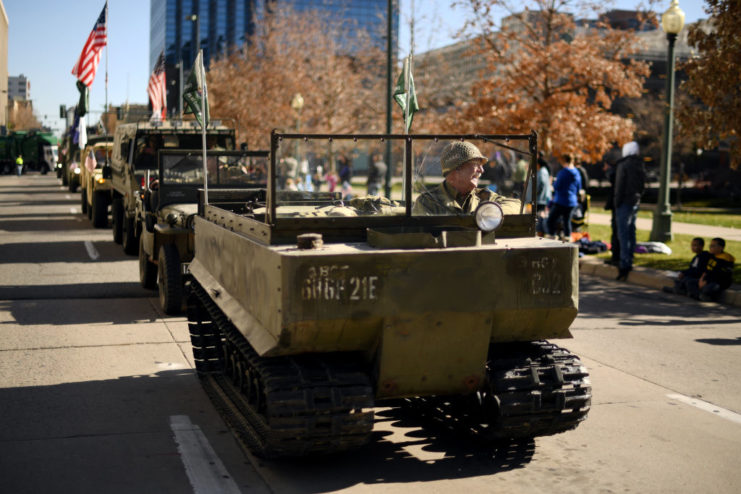
Geoffrey Pyke, associated with the British Combined Operations Command, is credited with forming the First Special Service Force. His objective was to create an elite, handpicked unit capable of operating in winter conditions and behind enemy lines in Norway, Romania, and the Italian Alps. In March 1942, he proposed Project Plough, aiming to set up a commando base on a glacial plateau in Norway.
Although Pyke’s idea was well-received, the major strain placed on the Combined Operations Headquarters’ resources led officials to present the proposal to the United States. Gen. George Marshall, Chief of Staff of the US Army, eagerly accepted the initiative.
For this project, the US government sought the development of a special vehicle—a tank with spiked treads—that would enable the specialized unit to navigate snowy terrain efficiently. This resulted in the creation of the M29 Weasel, a tracked vehicle capable of traversing diverse terrains such as snow, desert, and mud, and towing loads where traditional wheeled vehicles faced difficulties.
A new commanding officer
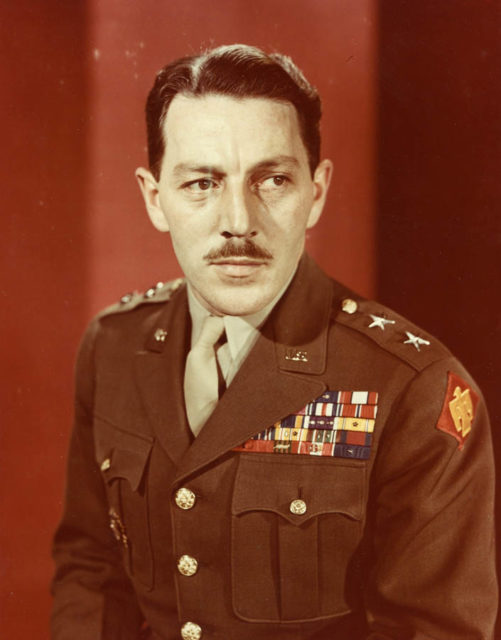
Despite the Americans accepting responsibility for Project Plough, there was one person who was unhappy about the idea: Maj. Robert T. Frederick of the Operations Division of the US General Staff. He thought the proposed unit wouldn’t do enough damage to warrant its use on the frontlines. He was also concerned that:
- The US Army had established unrealistic objectives for the size of the force.
- A small force would be easily outnumbered.
- There was no way to get the troops out once their mission was complete; all equipment would have to be abandoned.
- There weren’t enough aircraft available to drop the men into Norway.
- Aircraft would constantly need to drop supplies for the men.
Despite his objections, Frederick’s superiors were unwilling to deviate from the original plan, and, instead, put him in charge of raising and commanding the force, now with the rank of colonel. He wasn’t the first to take control of Project Plough. Lt. Col. Howard R. Johnson had been removed from the position after arguing with his superiors over the unit’s feasibility.
Recruiting Canadian and the American soldiers
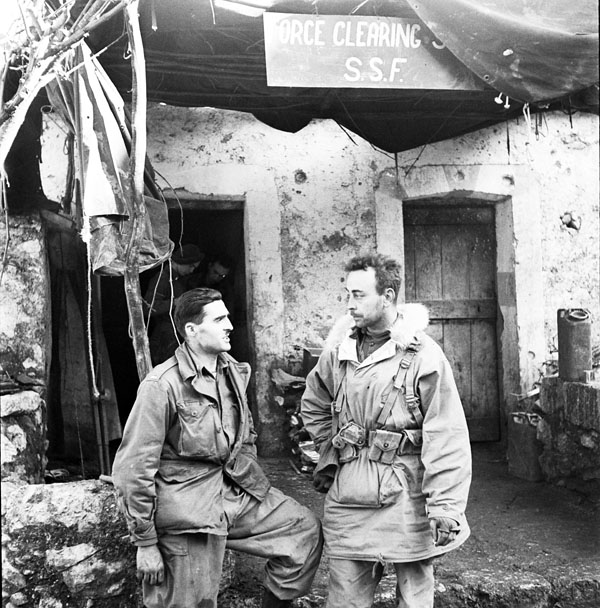
Robert Frederick quickly assumed leadership. By July 1942, he’d sidelined Geoffrey Pyke from Project Plough’s planning and was finalizing recruitment for what evolved into the First Special Service Force.
Originally envisioned as a Canadian-American initiative, Norwegian Commandos were initially supposed to be included, due to Norway’s expertise in covert winter warfare. However, a shortage of suitable Norwegian soldiers led to Canadians assuming the second-in-command role, with half of the officers and a third of enlisted personnel coming from their ranks, instead.
Recruits thought they were joining a parachute unit
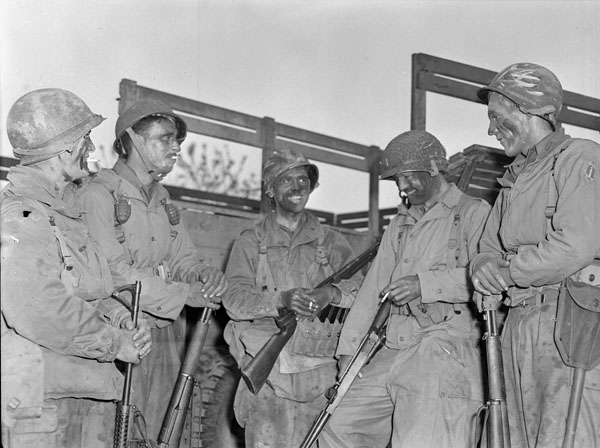
Recruits from both countries thought they were joining a parachute unit and were carefully selected. Tom Gilday, the Canadian Army’s only ski instructor at the time, was appointed as one of the battalion commanders and told to recruit volunteers. He selected “trappers and hunters, bushmen, farmers’ sons, all good individual outdoor types who would know their way around in the woods and in the country and in all kinds of weather conditions.”
The Americans posted recruitment letters, looking for “single men, aged 21–35 with three or more years of grammar school. Occupations preferred: rangers, lumberjacks, northwoodsmen, hunters, prospectors, explorers and game wardens.” Camps in the west were also scouted for possible recruits.
Volunteers underwent intensive training
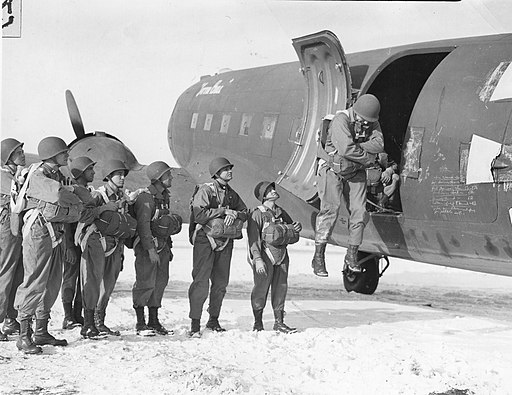
The First Special Service Force underwent rigorous training in Helena, Montana, with a pressing deployment deadline. In just 48 hours from the start, volunteers were already engaged in parachute drills. They received comprehensive training in firearms, explosives, small unit tactics, and demanding physical conditioning. The program also included problem-solving exercises, rock climbing, skiing, familiarization with the M29 Weasel vehicle, and acclimatization to cold environments.
The training placed heavy focus on combat readiness and physical endurance.
Soldiers routinely completed 97-kilometer marches, developed expertise in enemy weaponry, honed hand-to-hand combat skills, practiced amphibious operations, and underwent advanced ski training with Norwegian instructors until their proficiency matched that of the Norwegian Army.
By their first mission, every member of the 1SSF was a qualified parachutist and reportedly surpassed the capabilities of even the elite units of the US Marine Corps in drills.
The First Special Service Force arrives in Italy
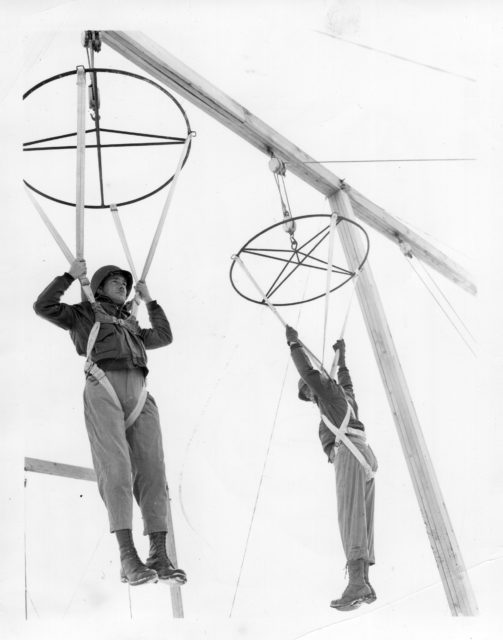
The First Special Service Force engaged in four operations during the Second World War, totaling 22 battles, all of which they emerged victorious from. Initially deployed to aid in the invasion of Kiska, as part of the Aleutian Islands Campaign, they discovered upon arrival that the Japanese had already vacated the area, prompting their return to the US.
In the same year, despite being trained for the task, the decision was made not to deploy the 1SSF to Norway. Instead, the unit was sent to Italy in October 1943, joining the US Fifth Army. The men arrived on November 19, 1943 and integrated into the US 36th Infantry Division. They were tasked with taking the German positions at Monte La Difensa and Monte La Remetanea, controlled by the 104th Panzergrenadier Regiment, as no one else had been able to do so.
Between December 3-6, the 1SSF successfully captured Monte La Difensa, followed by the seizure of Monte La Remetanea between December 6-9. By early January 1944, they had secured Monte Sambúcaro and Monte Vischiataro, solidifying their reputation as an elite force. However, these victories came at a heavy cost, with a staggering 77 percent casualty rate endured by the unit.
Fighting along the Anzio beachhead
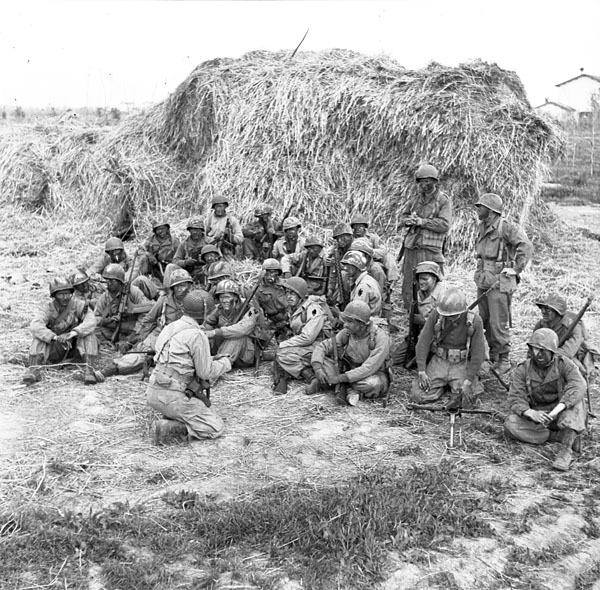
The First Special Service Force stayed in Italy for their initial major offensive, arriving at the Anzio beachhead on February 1, 1944, to replace the 1st and 3rd Ranger Battalions, which had endured heavy casualties during the Battle of Cisterna. The unit’s members were tasked with holding the position and conducting raids when possible, a task at which they excelled.
The Germans struggled to engage the 1SSF and even withdrew their units in the Mussolini Canal sector due to the force’s aggressive patrols. The relentless night raids compelled the enemy to fortify their positions more than anticipated, with unit members sometimes penetrating up to 1,500 feet behind the German lines.
“The worst is yet to come”
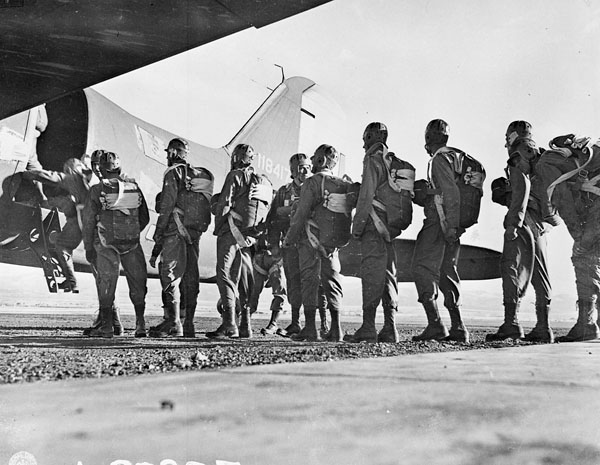
The 1SSF made even more of a name for themselves during this time period, particularly among the Germans. They acted as though they were a much larger force than they actually were, a strategic maneuver ordered by Robert Frederick.
The “Black Devils,” as they were called by the enemy, carried stickers with their unit patch and the slogan – “the worst is yet to come” – written in German. They stuck these on the bodies of those they killed, as well as on German fortifications. The 1SSF’s reputation was so fierce that, prior to engaging with the group, the German soldiers were informed they would be “fighting an elite Canadian-American Force. They are treacherous, unmerciful and clever. You cannot afford to relax.”
At Anzio, the 1SSF fought for 99 days before being relieved, only to move on to Monte Arrestino and Rocca Massima. At the beginning of June 1944, they were one of the first Allied units to enter Rome.
Disbandment of the First Special Service Force
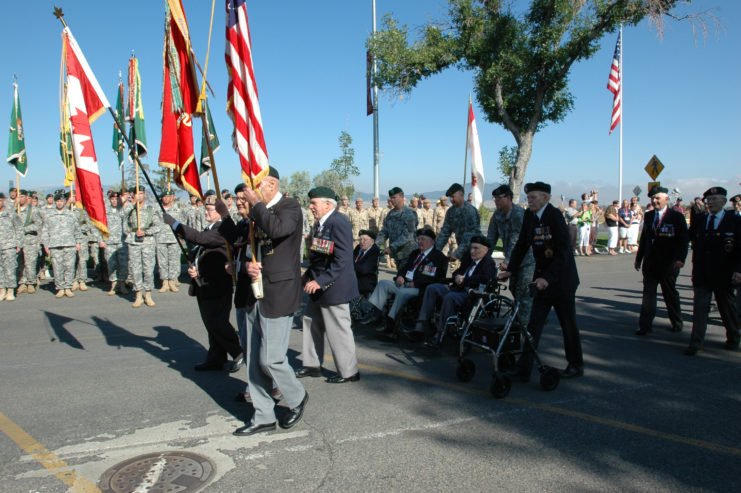
The final fight of the First Special Service Force was in France as part of Operation Dragoon. At the beginning of August 1944, the unit captured five fortifications on the island of Port-Cros, after which they were attached to the 1st Airborne Task Force, US Seventh Army to defend the border between France and Italy.
On December 5, 1944, the 1SSF was disbanded in Villeneuve-Loubet, France. The unit consisted of approximately 1,800 men, and was credited with roughly 12,000 German casualties and the capture of around 7,000 enemy prisoners. It also had an attrition rate of over 600 percent. Many of the men, including Canadian Tommy Prince, were honored for their service.
The legacy of the 1SSF
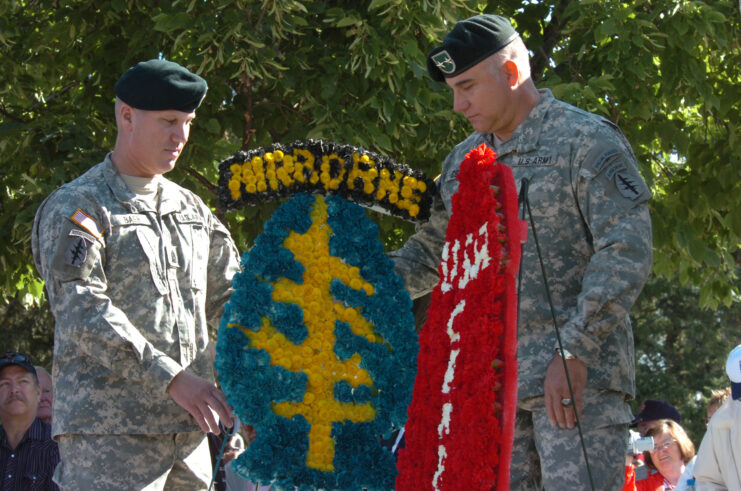
After the 1SSF came to an end, the group’s members were redistributed. The Canadians were moved back to their national units (primarily the 1st Canadian Parachute Battalion), while the Americans were split between airborne divisions and the newly-formed 474th Infantry Regiment.
More from us: M1941 Johnson Light Machine Gun: A Favored Weapon of the Devil’s Brigade
Want to become a trivia master? Sign up for our War History Fact of the Day newsletter!
Following the war, the lessons learned from the unit were applied to American and Canadian Special Forces, including the US Navy SEALS and US Army’s Green Berets. Each year on December 5, the 1SSF is remembered by Special Forces units in both the US and Canada, who perform a pass in review, a parachute jump and hold a formal ball.
